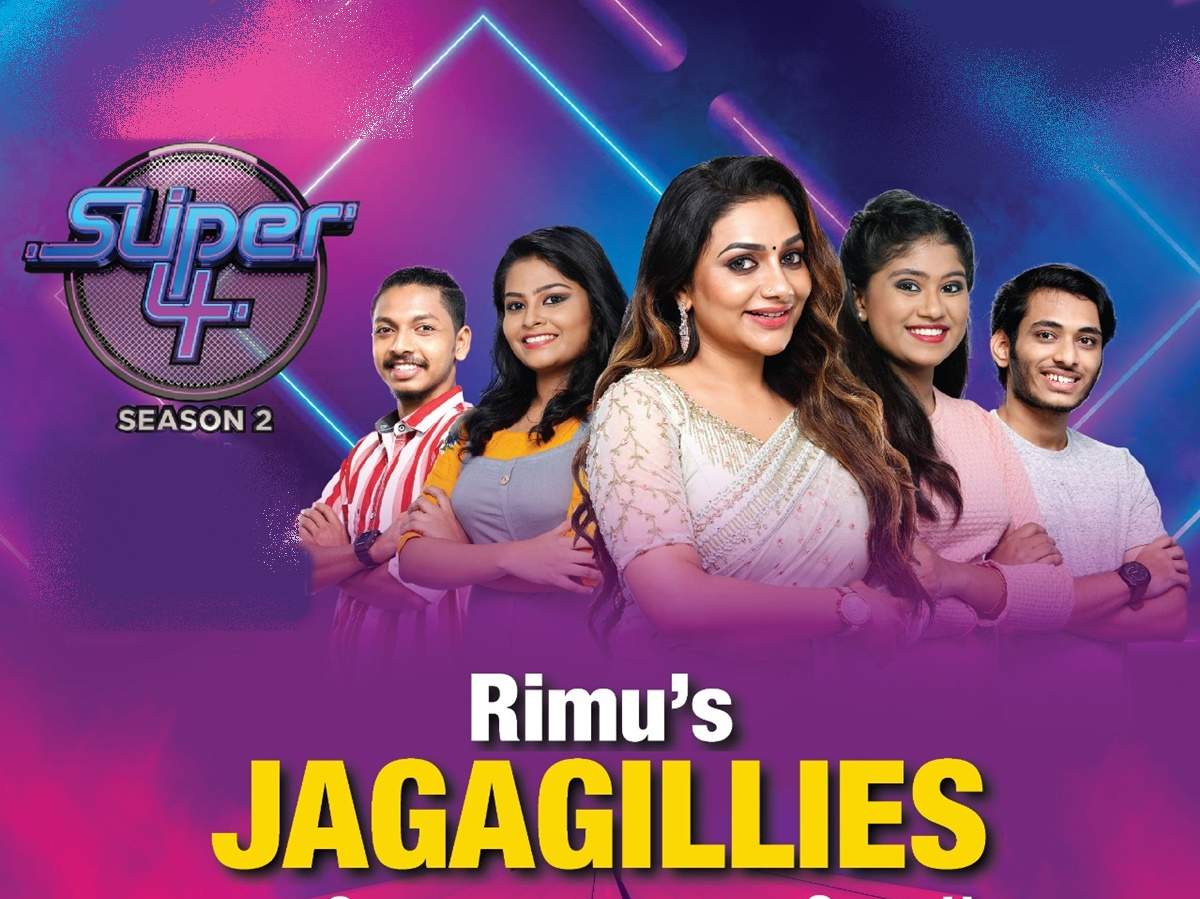
- Select a language for the TTS:
- UK English Female
- UK English Male
- US English Female
- US English Male
- Australian Female
- Australian Male
- Language selected: (auto detect) - EN
Play all audios:
Now that the Fed is expected to gradually increase rates, perhaps as early as December, investors should check the average duration in their bond funds to make sure they are comfortable with
the level of interest-rate risk they are taking. "Many investors could be sitting on a ticking time bomb," said Ashish Shah, chief investment officer of global credit and head of
fixed income for AllianceBernstein. "They won't likely realize much more price appreciation, but they continue to have very long duration." This is especially true for
investors in bond index funds where the average duration, or sensitivity to interest rate change as measured in years, is higher than for actively managed bond funds. Globally, bond index
funds have an average duration of 7.5 years and an average yield of 1.8 percent whereas actively managed bond funds have an average duration of 5.8 years and an average yield of 3.3 percent,
according to Shah's research. "If rates were to rise by 1 percentage point, these passive funds could lose as much as 7.5 percent," Shah said. However, credit quality and
yield in a bond fund, whether it is active or passive, could cushion the blow from having longer duration bonds in a portfolio. There is a smaller gap in the average duration and yields for
U.S. active and passive bond funds than global funds. The average U.S. intermediate-term bond fund has a duration of 5.4 years and a yield of 2.2 percent while the average actively managed
U.S. intermediate-term bond fund has a duration of 4.9 years and a yield of 2.5 percent, according to investment research firm Morningstar. A similar trend exists for municipal bond funds,
which offer investors federal and state tax advantages. The average muni bond fund has a duration of 5 years and a yield of 2.74 percent whereas iShares National Muni Bond ETF, the largest
municipal bond exchange-traded fund, has a duration of 4.75 years and a 2.25 percent yield. Compare the duration of the largest actively managed and passive U.S. intermediate-bond funds by
assets under management in the tables below to see the trade-off between duration and return. "A dollar allocation to active bond funds is not same as a dollar allocation to passive
bond funds," said Shah, whose parent company sponsors a family of actively managed mutual funds. "Unlike passive funds, active bond funds have the ability to shorten their duration
going into a rate sell-off." The average duration of bond funds may not be a big factor for investors who stay in the market for years. "Over an entire cycle, the differences in
duration between active and passive funds are kind of a wash for long-term investors," said Miriam Sjoblom, Morningstar's director of fixed-income ratings. "Active managers
have not been perfect at calling when interest rates will rise." Cost is a big draw for passive bond funds, especially in a low-rate environment. Bond index funds tend to have lower
expenses than actively managed funds. The average actively managed bond fund charges 0.60 percent annually versus 0.11 percent for the average bond index fund, according to the Investment
Company Institute. Advisors differ on the best approach to bond funds, be they active or passive. Tim Obendorf, a certified financial planner with Steward Advisors in Chicago, has told his
clients to shorten their duration. He uses a ladder of passive target-maturity bond funds, which hold bonds of a specific maturity date, so his clients have the flexibility to adjust to
interest rate changes. Other advisors attempt to pick bond funds with good managers. "It is reckless to invest in an index bond fund or ETF because the bond market is more complex than
the stock market," said Kashif Ahmed, a certified financial planner and president of American Private Wealth in Woburn, Massachusetts. Most stock indexes weight shares by their market
value while holdings in bond indexes are based on the total debt outstanding. That means companies or countries with the most debt have a larger representation in the bond index. For
instance, the Vanguard Total Bond Market Index Fund has more than 60 percent of its holdings invested in U.S. Treasurys. In the debate over active versus passive bond funds, average duration
may not be the top consideration. "As far as duration is concerned, most of the interest-rate sensitivity is likely already baked into the prices," Ahmed said. "If your
portfolio requires a longer duration bond allocation, and you have a long enough investment horizon, then just allocate to what is required."






